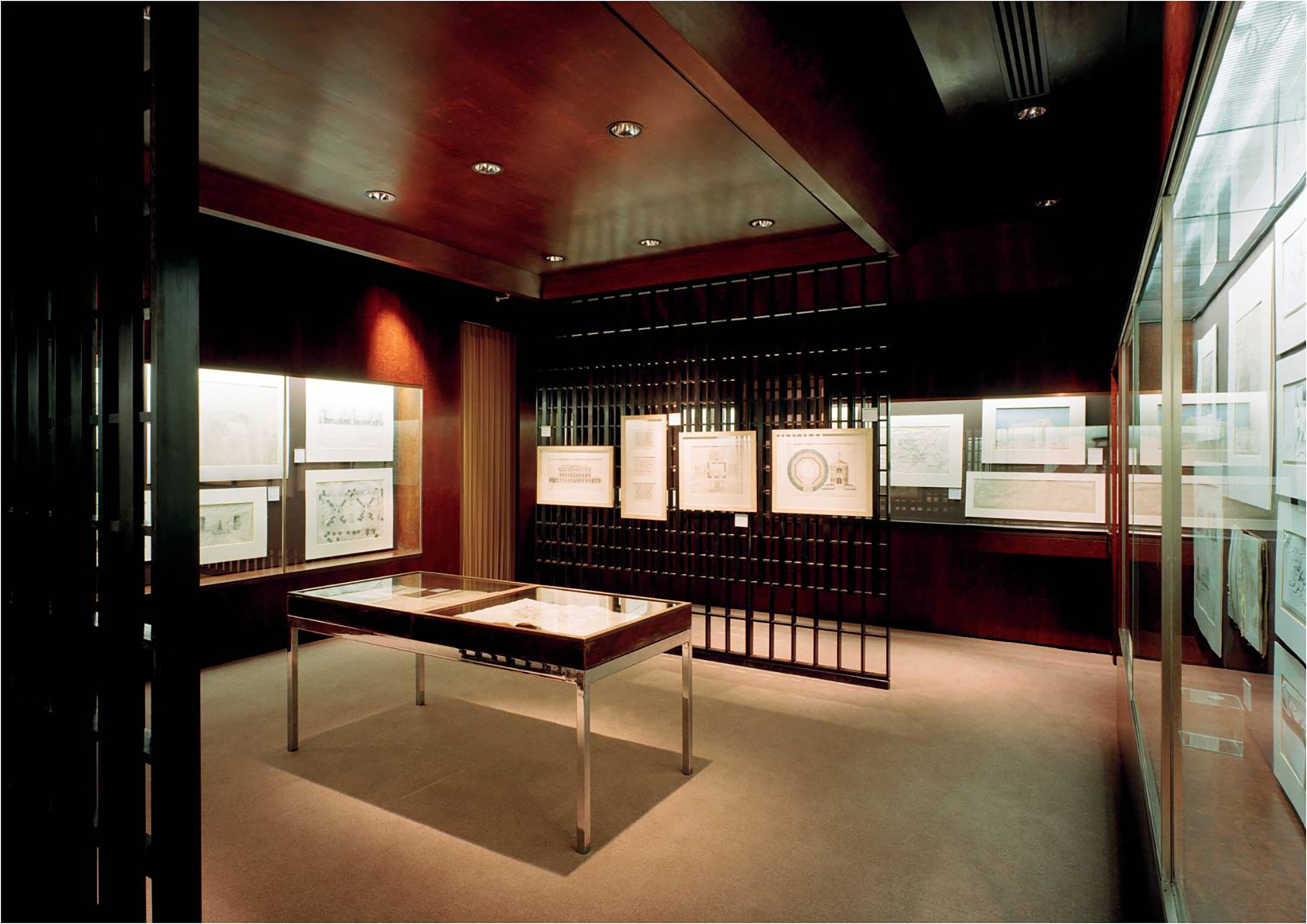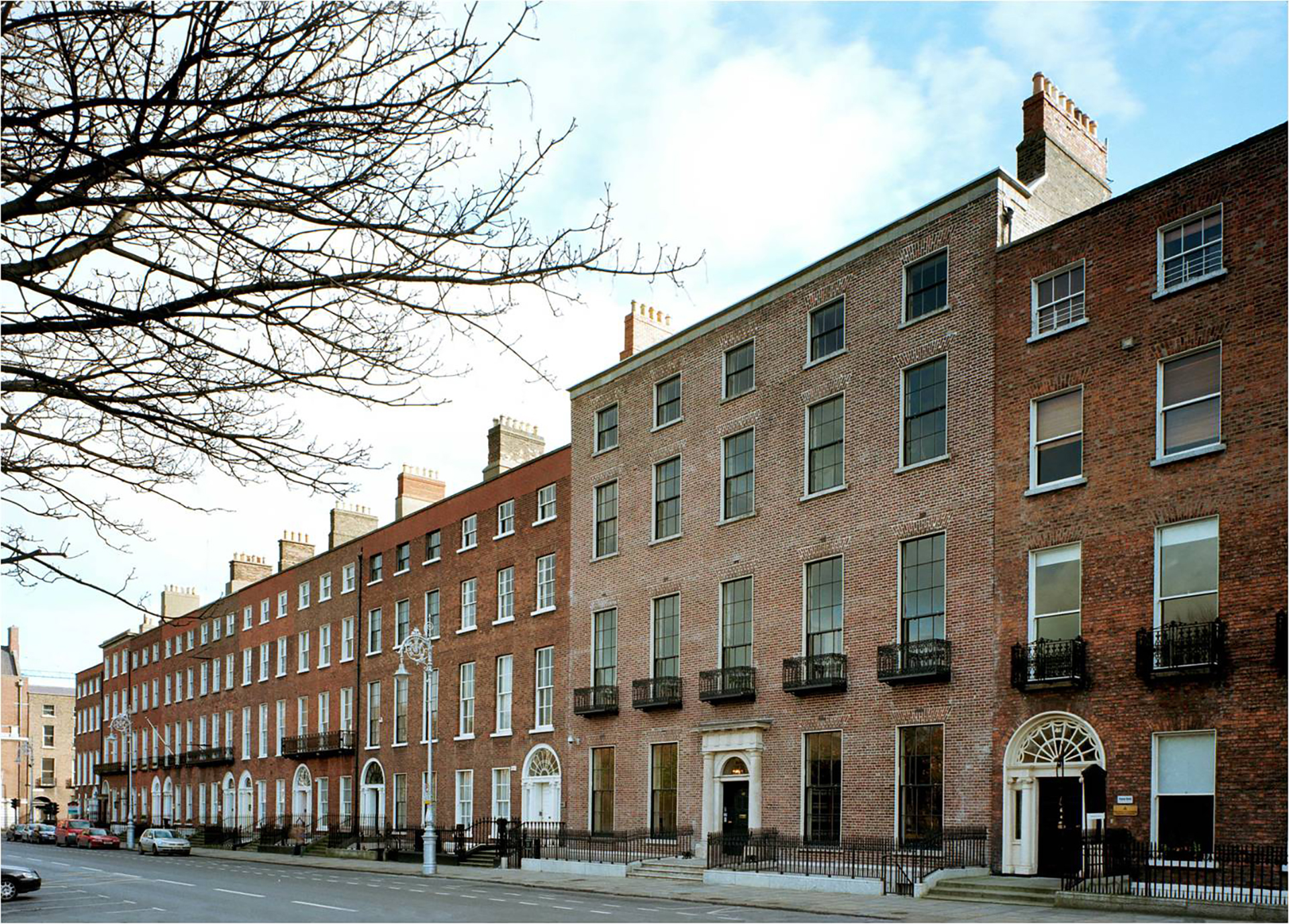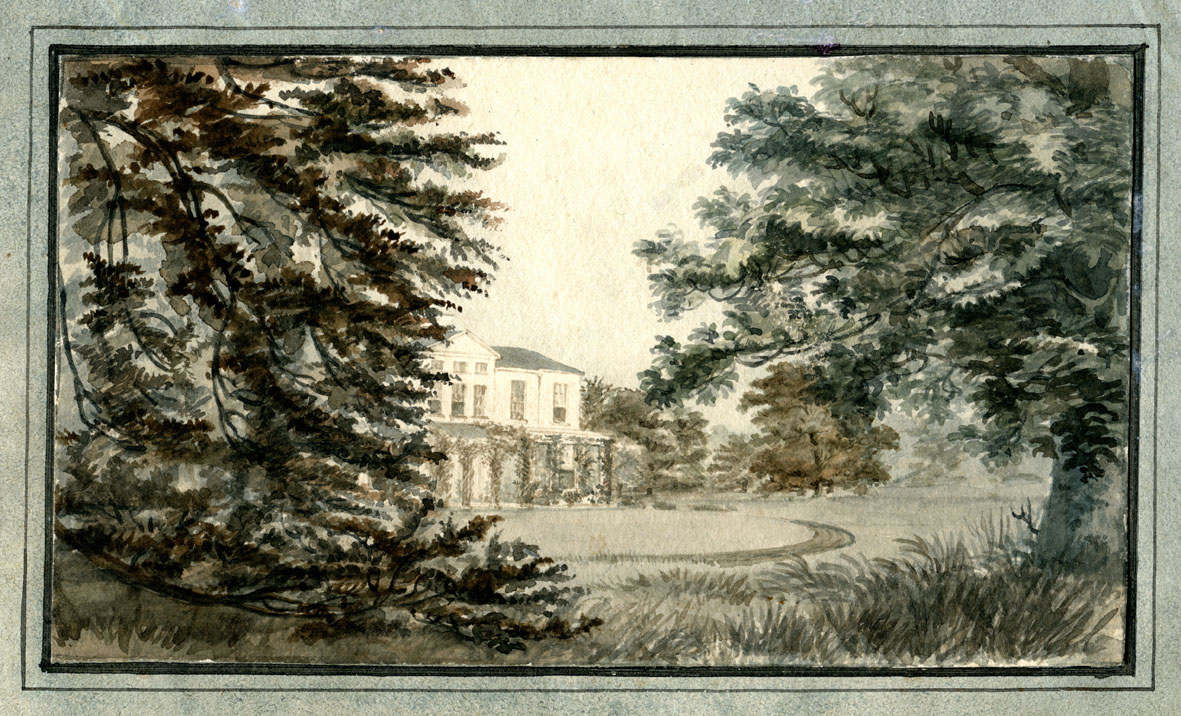
Richard Lovell Edgeworth, Anglo Irish politician, writer and inventor, inherited the estate of Edgeworthstown, Co. Longford, in 1782. He moved with his family from England and, in the words of his eldest daughter, the novelist Maria Edgeworth, ‘the very day after his arrival he set to work and continued perseveringly, fencing, draining, levelling, planting’ to improve the demesne. Over a course of years from 1782 to 1812 Edgeworth also made extensive alterations and additions to the old house, according to his own designs, in order to make a comfortable residence for a large family. (He married four times and fathered twenty-two children.) The remodelling was extensive and resulted in a house with a particularly idiosyncratic exterior.

The Archive holds a small collection of material relating to Edgeworthstown, including a number of watercolours which are attributed to Lucy Edgeworth, a daughter of Richard’s fourth wife Frances Anne née Beaufort, and his twentieth child. One watercolour view shows the south front of the house as it stood in 1825, viewed through the by-now well established trees. A central veranda is clad in a creeper which also covers the three bay extension to the right, added in 1807 to create additional space for the library.
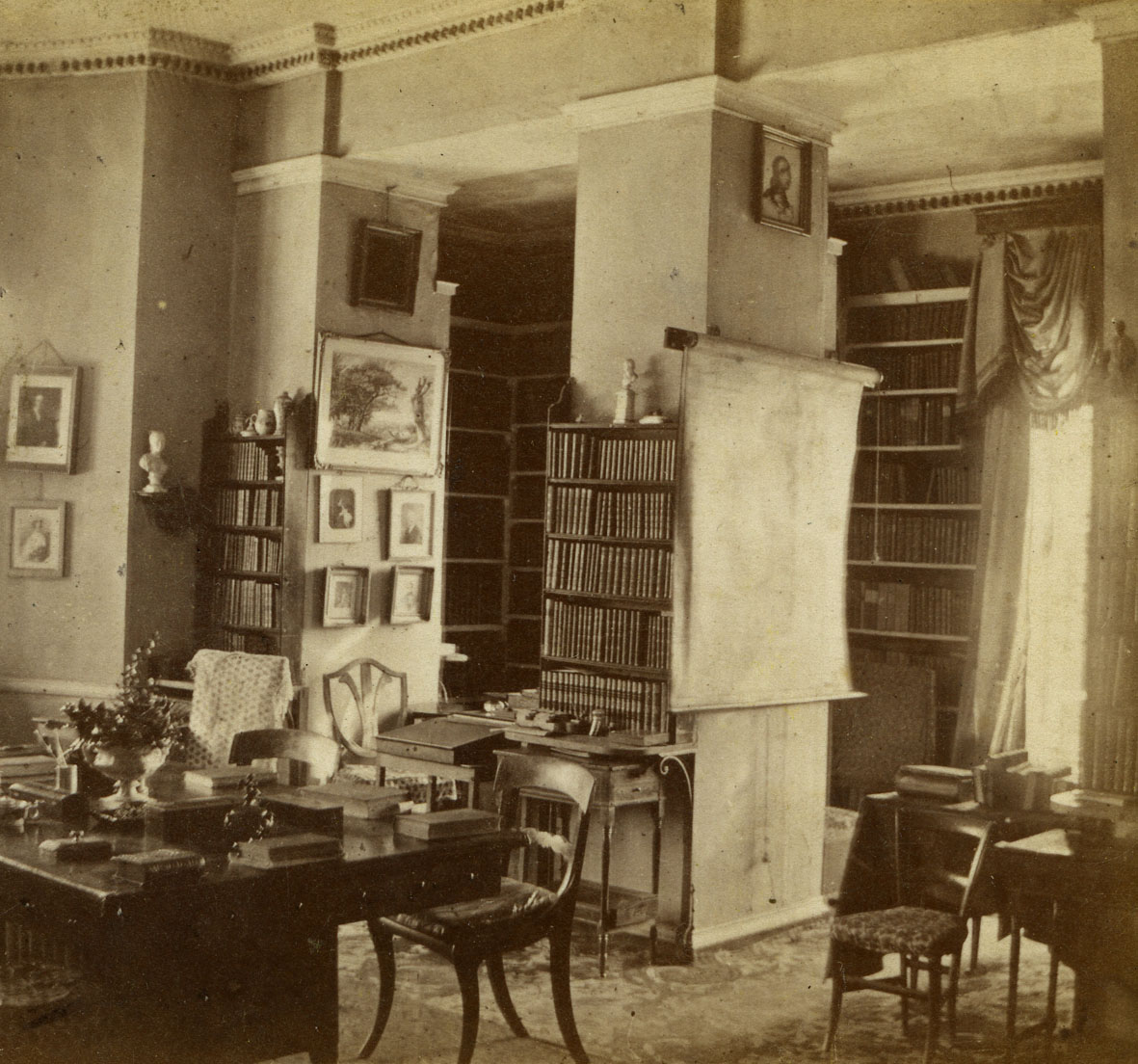
A second drawing is a pen and ink sketch entitled ‘Maria’s room’; it is inscribed on the rear as being of ‘Maria in bed, face behind curtain, Harriet [Lucy’s full- and Maria’s half-sister] reading’. This sketch is one of a small set of interior scenes which were apparently made by Lucy shortly before she left the family home to be married in 1843. It is an intimate study providing an insight into the very private space of the by then seventy-five year-old much-published novelist.
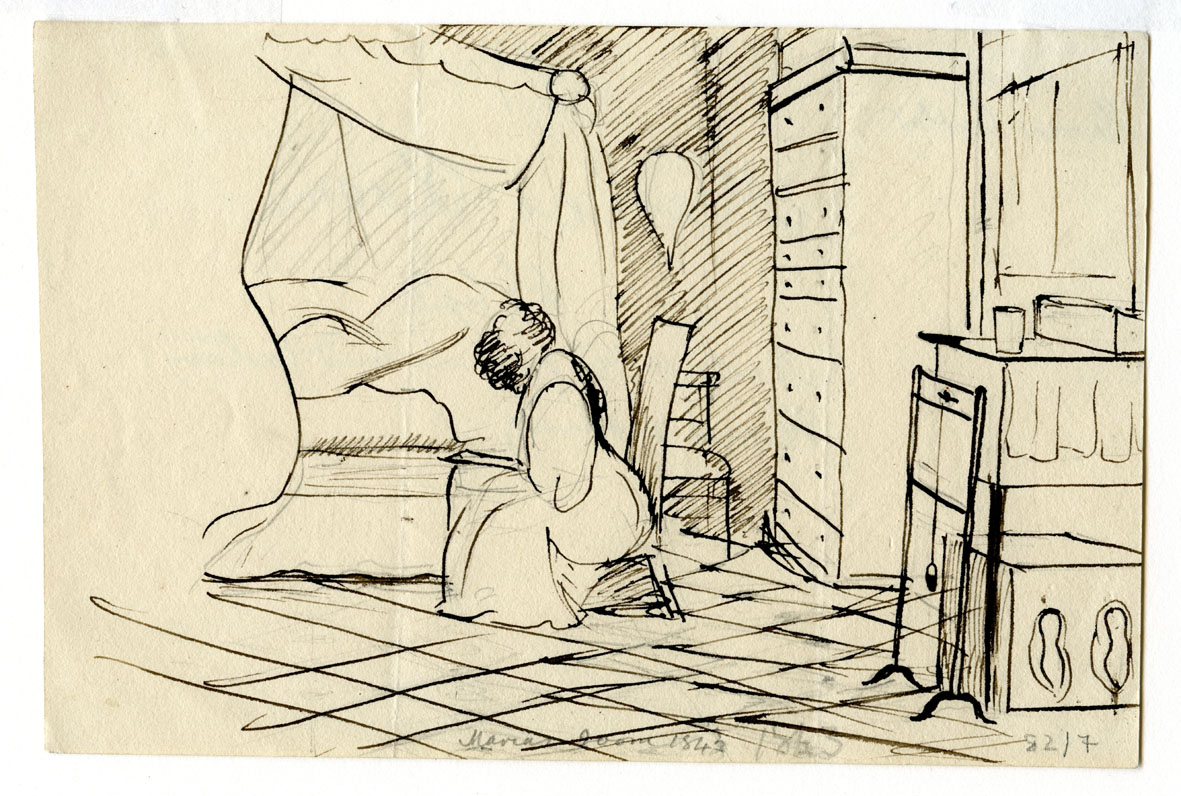
Maria’s bedroom was famously small. Even after her father extended it in 1812 by the addition of an oriel window, the room measured a mere ten feet square. The addition of the new window ‘gave great additional light and cheerfulness’.
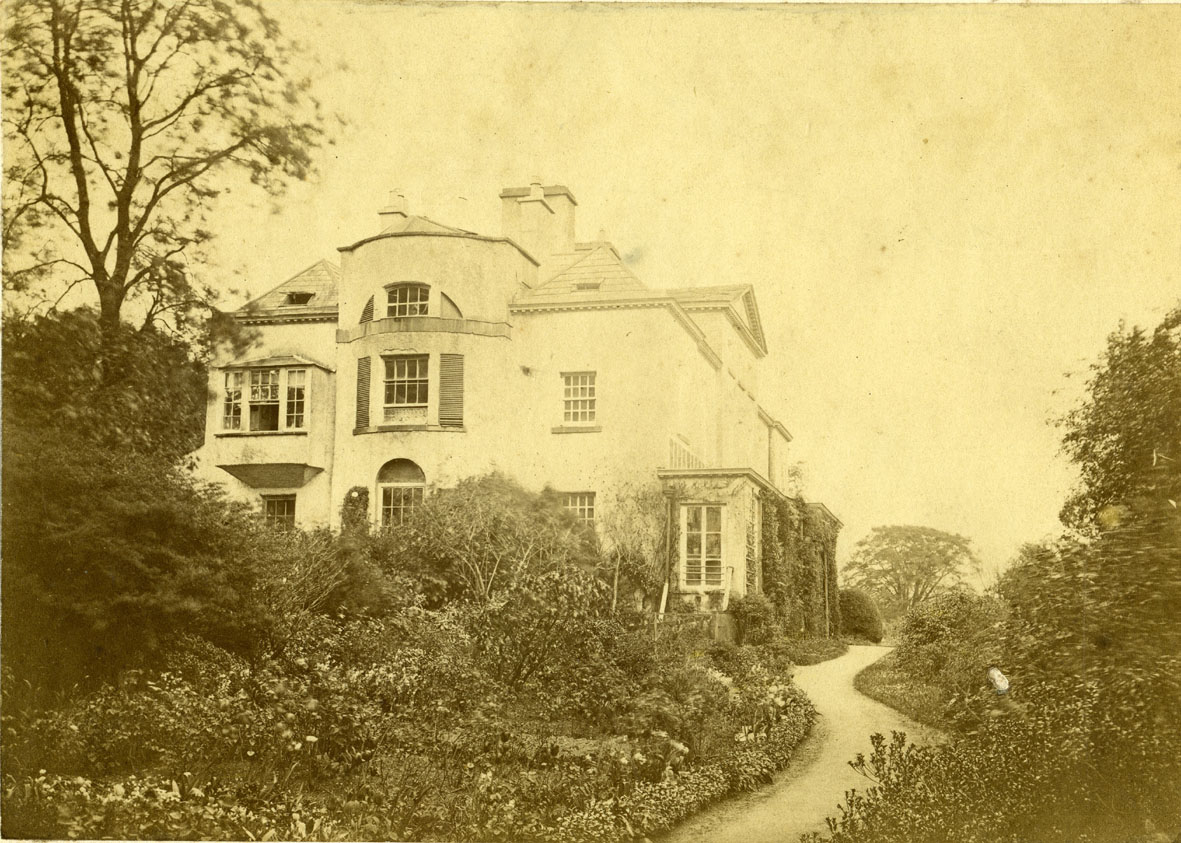
Unfortunately, however, it was not one of Richard’s better designs: badly built, the window fell out before the end of the century.
It is remarkable to see in Lucy’s drawing the amount of furniture which could be accommodated in the small space: the capacious tent bed, the very tall tallboy, at least two chairs, and what appears to be a washstand. The sketch also includes tantalising items we cannot fully identify such as the object in front of the washstand: is it an embroidery or tapestry screen, or could it be some novel creation of Maria’s ever inventing father?
Dr Eve McAulay,
IAA
